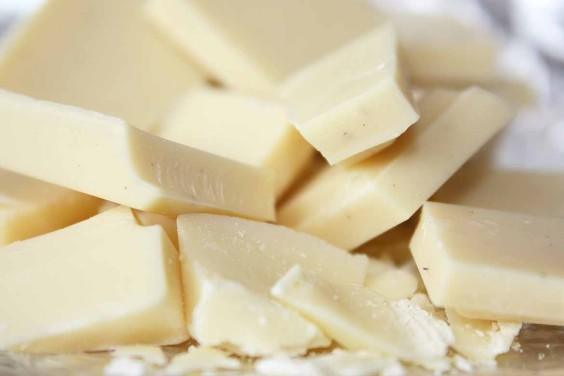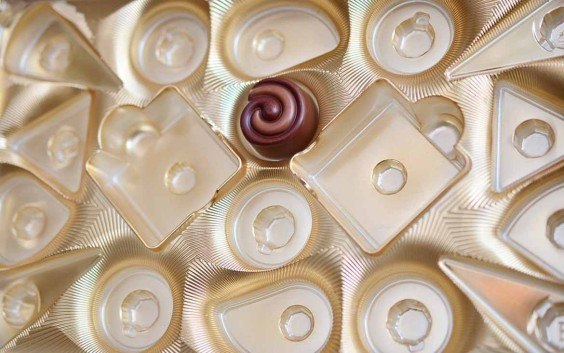Like this post? Help us by sharing it!
Did you know that Japan celebrates Valentine’s Day twice?
Never one to miss out on a good festival (as I’ve mentioned before, Japan holds an estimated 200,000 of them every year), whoever decides these things decided that one day of commercially-driven proclamations of love was simply not enough, and they invented White Day.
White Day is Valentine’s Day: The Sequel – or The Return of the Curse of Valentine’s Day, as I prefer to think of it. It takes place on the 14th of March, exactly one month after Valentine’s Day, and has no reasonable basis for existence except to clear the stocks of heart-shaped chocolates left over from February.
White Day was first celebrated in 1978, on the suggestion of the National Confectionary Industry Association of Japan (coincidence? I think not). According to this confederation of chocolate-makers, White Day was conceived to redress the balance of the sexes; it would be the day when men repay the women who gifted them chocolate on Valentine’s Day. But really, what they wanted to do was sell more chocolate. And you’ve got to hand it to them, because boy did it work.

On Valentine’s Day in Japan, women can give men one of two kinds of chocolate. The first kind is honmei-choco, which literally means “true feeling chocolate”, and is given to a man as a romantic gesture. This kind of chocolate gift is often home-made (or at least expensive), emphasising the affections of the giver. The other kind of chocolate, giri-choco, is rather more prosaic: it translates as “obligation chocolate”, and is given to male friends and colleagues. I know, dreamy right?
On White Day, men return the gifts they received on Valentine’s Day by giving women presents like chocolate, jewellery, flowers and lingerie (y’know, all that stuff girls like). These are usually, but not always, white in colour – hence the name of the day.
Whatever the commercial motives of White Day, one must at least be thankful to the chocolate makers for redressing an injurious imbalance between men and women, right? Except that they haven’t. As the popular saying sanbai gaeshi – or “triple return” – decrees: a White Day return gift should be at least three times the value of the original Valentine’s gift. Because whatever they told you, it’s not really the thought that counts. It’s the money.
And so now you know the beautiful story of White Day: a day invented by chocolate companies to sell more chocolate.
Happy Valentine’s Day!
And if you’re not a complete cynic like me, check out Alastair’s blog post on 6 romantic places to spend Valentine’s Day in Japan.



